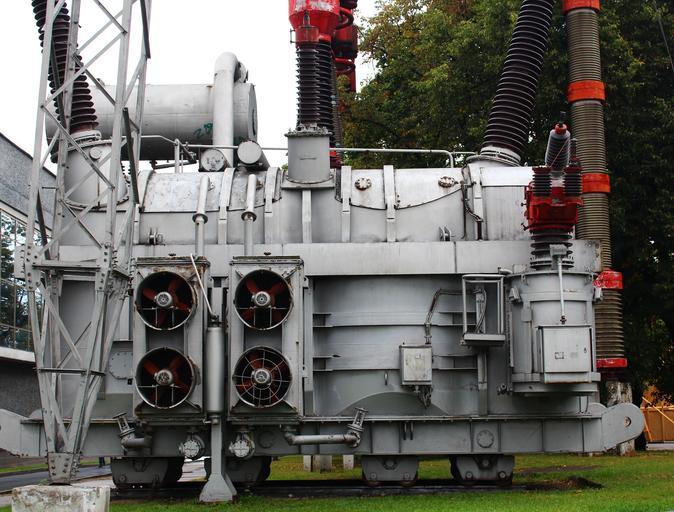Basic Guide to the Working of a Transformer
.

A transformer can change the phase angle and the magnitude of AC input. There are no rotating parts in a transformer. You will not be able to transfer DC input with the transformer. Whether you are planning to purchase a standard transformer or a custom transformer by a manufacturer, you need to have a basic idea of how it works along with the maintenance required to extend its life.
You can learn more about differences in varying transformers by searching through reputed manufacturing websites. There are two main parts to a transformer and these are windings and a magnetic core. There will be two windings minimum but in certain other transformers, this number can increase. These windings need to be made of conductive materials such as aluminium or copper. You can find most of the magnetic cores made of ferromagnetic materials. But you can also find cores that are made of non-magnetic materials such as plastic, wood and air. These types of transformers are made for special purposes. When you connect the winding or coil to an AC voltage source, there will be an alternating magnetic field generated around it. And this is what gives rise to the magnetic flux that will travel through the core. The direction of the flux is determined by the current direction in the winding. You can also use the right hand rule to figure this out.

Once the magnetic flux goes through the coil, at the terminals of the coil there will be a voltage generated. So even without an electric connection, power is transferred from the primary coil to the secondary coil. Power is transferred magnetically. Because of this phenomenon, it is understood that voltage is induced to the secondary coil. When you are ordering a custom transformer, you can specify the number of turns in the winding which related to the magnitude of induced voltage. While in a normal transformer the windings are coupled magnetically, there is an autotransformer where you can get a variable voltage at the secondary coil. The primary and secondary coils of an autotransformer are connected physically even through the basic operational principles are the same.

You will come across shell type and core type transformer cores. Interleaved windings are used in a core type design to boost magnetic coupling. The winding configuration in a shell type design is known as the sandwich configuration because the high and low voltage windows are on top of each other. In a core type design, low voltage winding can be found near the core with high voltage winding wrapped around this. Shell type design actually needs more insulation even at the same voltage compared to core type design because insulating should be given to high voltage winding to protect it from the core. But when you look at the core type design, only the low voltage winding has to be insulated from the core leading to less insulation. Therefore, in low power and high voltage applications, you can use a core type design. This type of design also has better cooling.